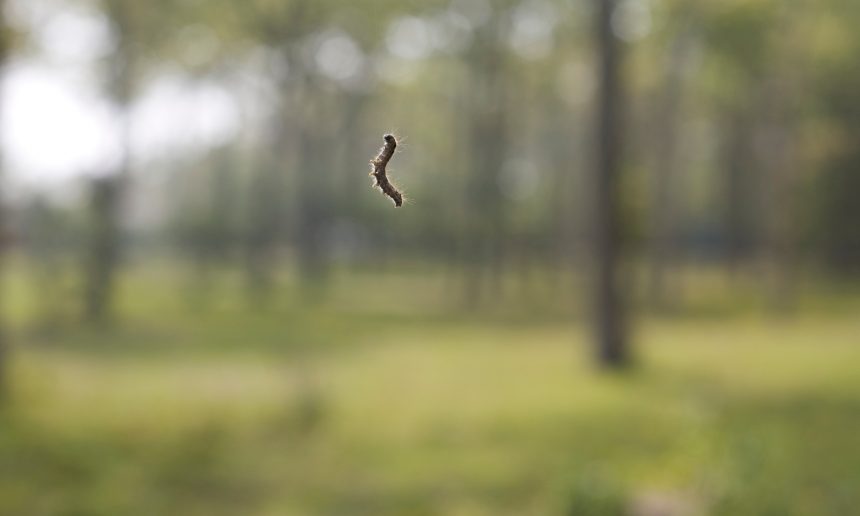Take a leisurely walk into a lush forest in New York’s Hudson Valley and close your eyes – the peaceful sound of rain is actually millions of caterpillars munching on leaves. On a beautiful spring day, the gentle tap-tap of spongy moth caterpillars feasting on oak, maple, crab apple, basswood, and aspen trees can be heard amidst the melodious birdsong. Green leafy bits cover the ground like confetti, evidence of the voracious chewing happening in the treetops above. Countless caterpillars sway on delicate silk threads, moving from tree to tree with the breeze.
The Northeast and Midwest are grappling with one of the most severe spongy moth outbreaks on record, exacerbated by climate change-induced drought. This dry spell allows spongy moths to reproduce rapidly, resulting in up to a million caterpillars per acre. Trees, while resilient, are struggling to cope with this prolonged and damaging infestation. After two years of intense spongy moth feeding, up to 80% of defoliated hardwood forest trees may perish. This ongoing spongy moth epidemic has persisted for as long as five years in certain regions of the U.S.
Aside from spongy moths, various invasive species in the U.S. are flourishing due to milder winters caused by global warming. The hemlock woolly adelgid, emerald ash borer, Japanese beetle, and spotted lanternfly are decimating trees at alarming rates, leading to widespread tree death and weakened forests vulnerable to drought and diseases. While no single species can single-handedly destroy the nation’s forests, the collective impact of invasive species poses a significant threat to the environment.
Spongy moths made their U.S. debut in 1869 when French artist and amateur entomologist Etienne Leopold Trouvelot imported them from Europe for silk production. However, the moths escaped captivity and began ravaging forests, spreading at a rate of 13 miles per year across New England, the Mid-Atlantic, the Midwest, and parts of the South. By defoliating 81 million acres of land between 1970 and 2013, spongy moths became a top priority for the U.S. Forest Service in terms of management and control, costing an average of $30 million annually.
Climate change is exacerbating spongy moth outbreaks, with drought affecting the proliferation of a fungal pathogen that naturally controls moth populations. Erratic weather patterns in the eastern U.S. are amplifying the impact of cyclical outbreaks, intensifying the threat to trees over time. Although efforts are being made to mitigate the spread of spongy moths, the lingering danger posed by pests and climate change remains a major concern for the health of America’s forests.






